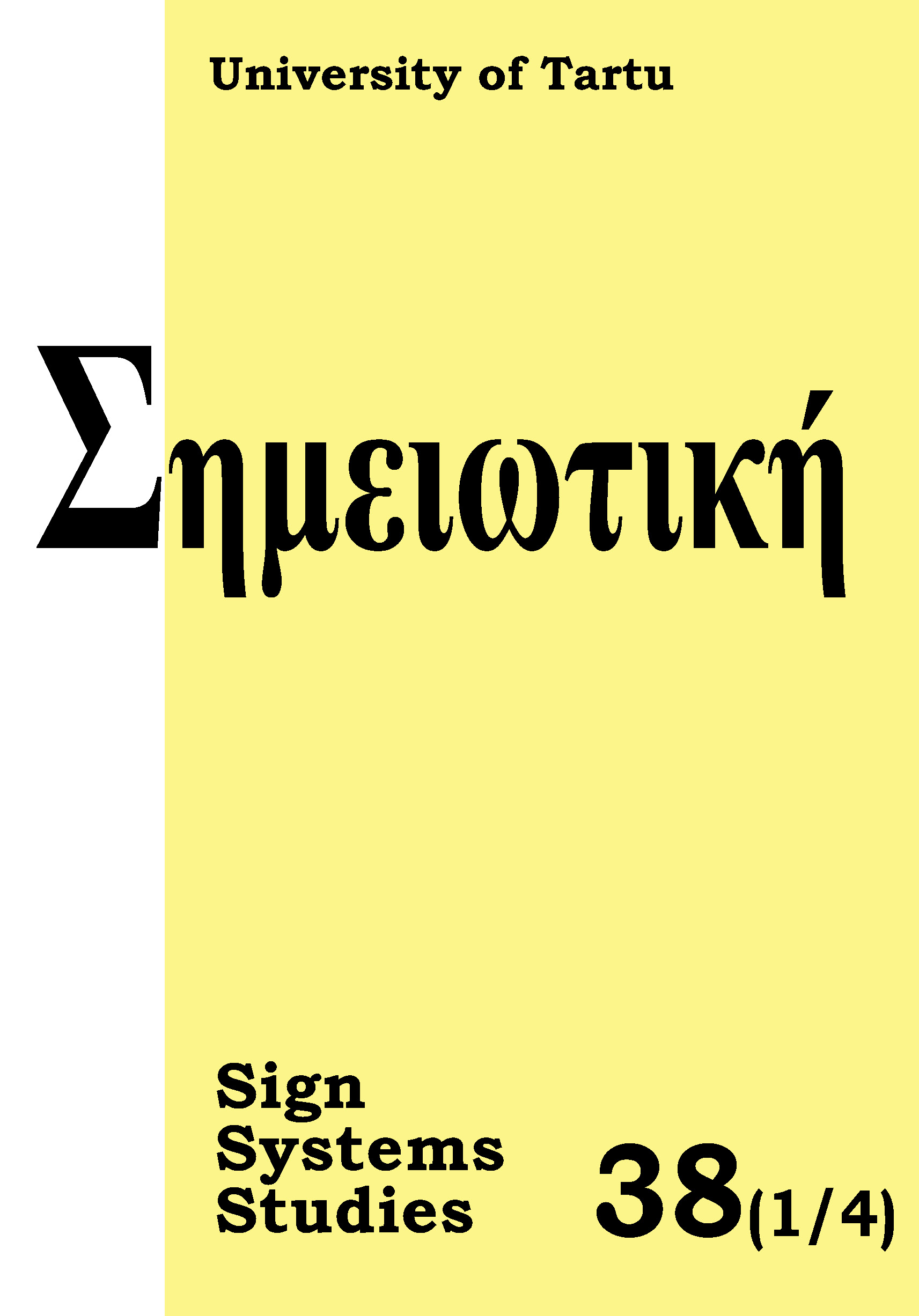Dynamic instances of interaction: The performative function of iconicity in literary texts
DOI:
https://doi.org/10.12697/SSS.2010.38.1-4.10Abstract
According to C. S. Peirce, resemblance or similarity is the basis for the relationship of iconic signs to their dynamical objects. But what is the basis of resemblance or similarity itself and how is the phenomenon of iconicity generated? How does it function in cultural practices and processes by which various forms of signs are generated (say, for example, the cartographical procedures by which maps are drawn, more generally, the diagrammatic ones by which networks of relationships are iconically represented)? To what extent are they themselves performances (maps are always both the result of mappings and the impetus for re-mappings)? With examples from texts by Virginia Woolf, W. G. Sebald and Reif Larsen, I will argue that literary texts provide us with unique resources for exploring, among other matters, the performative dimension of iconicity in the complex interaction among icon, index and metaphor as a prerequisite for semiosis, the generation of signs.Downloads
Download data is not yet available.
Downloads
Published
2010-12-01
How to Cite
Ljungberg, C. (2010). Dynamic instances of interaction: The performative function of iconicity in literary texts. Sign Systems Studies, 38(1/4), 270–297. https://doi.org/10.12697/SSS.2010.38.1-4.10
Issue
Section
Articles


